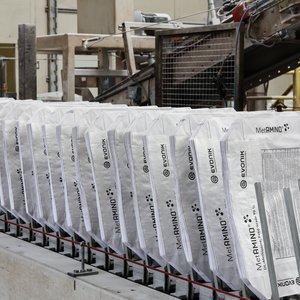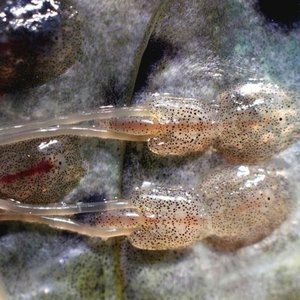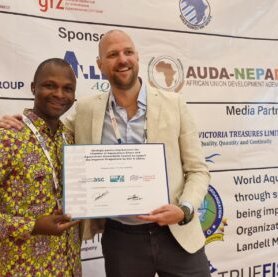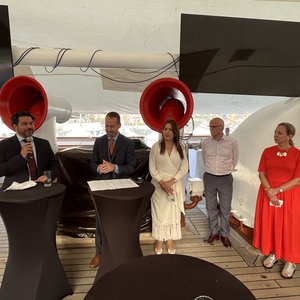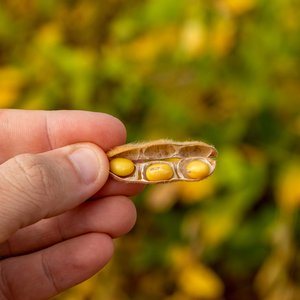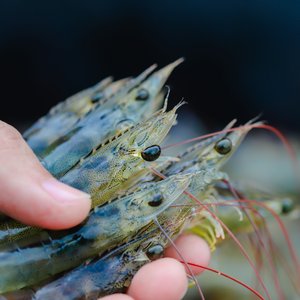Farming sterile fish has the potential to solve the problem of escaped farmed fish spawning with wild fish and thus having a genetic impact on wild fish stocks. Sterile fish grow quickly, but are prone to suffer from skeletal deformities, and are less able to withstand high water temperatures, than normal salmon.
For several years researchers at The Institute of Marine Research have been studying issues relating to the use of sterile farmed fish, and they have carried out a number of experiments involving sterile salmon. Amongst other things, they have produced several generations of sterile farmed salmon at the Matre research station. The work has been supported by an EU funded project (FP7, project 222115, SALMOTRIP).
“The only accepted method of sterilising farmed salmon that than can be used commercially is so-called triploidisation. This involves exposing salmon eggs to high pressure immediately after they have been fertilised. As a result, some of the genetic material of the mother fish that would normally be secreted is retained in the egg,” explains scientist Per Gunnar Fjelldal.
Phosphorous reduces deformities
The experiments that have been carried out show that inducing triploidy makes the fish sterile, and that they have a similar growth rate to that of untreated fish. Unfortunately there are some problems with animal welfare, which the scientists hope to be able to solve.
“Triploid fish develop more deformities than normal farmed fish, and they are also less able to withstand high water temperatures and low oxygen levels than normal fish. Deformities are more common both in the spine and lower jaw of triploid fish, but brand new results show that adding phosphorous to their feed prevents them from developing deformities,” says Fjelldal.
Although increasing the phosphorous content in feed can help reduce the number of deformities in triploid fish, it will also increase phosphorous emissions from fish farms. This has the potential to cause negative environmental impacts, such as causing various types of algae to bloom.
“It is possible that it is sufficient to give triploid salmon extra phosphorous during initial feeding, and not right until the smolt stage, which is what we did in our experiments. At that stage the fish biomass is still low, so less feed is used, but we need to test this in further experiments,” says Fjelldal.
To determine whether it is recommendable to introduce triploid salmon in commercial fish farming from a fish welfare point of view, we need more knowledge about the optimal temperatures, oxygen levels and fish densities for triploid salmon. We also need to study what nutrition they need in order to develop good health (to prevent deformities and cataracts), as well as their disease tolerance and susceptibility to parasites such as sea lice.
The experiments involving feed with a higher phosphorous content were carried out by The Institute of Marine Research in collaboration with the National Institute of Nutrition and Seafood Research (NIFES) and EWOS Innovation.
The impact of inducing triploidy on production properties (growth, mortality, etc.) in intensive fish farming is being studied in an ongoing large-scale experiment in which triploid salmon are compared with normal (diploid) salmon throughout their life cycle. The experiment is a collaboration between Marine Harvest Norway (MHN) and The Institute of Marine Research, and started in October 2008 at MHN’s broodstock site at Tveitevågen on the island of Askøy.



